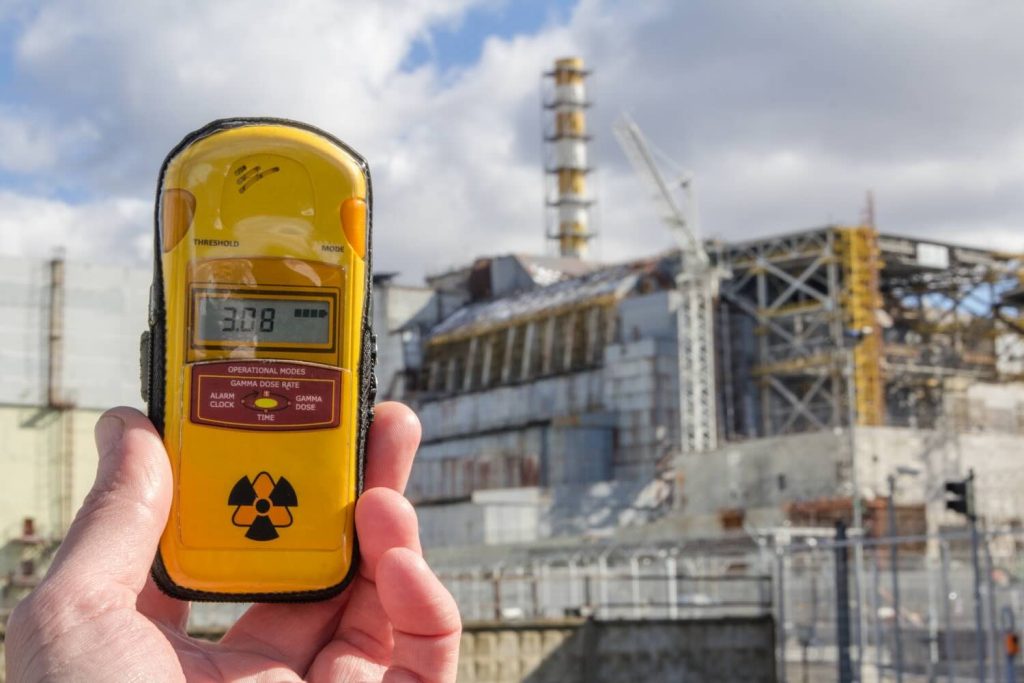In the quiet of night on April 26, 1986, a routine safety test turned into one of history's most catastrophic nuclear disasters at the Chernobyl Nuclear Power Plant. This event not only changed the course of nuclear energy policies worldwide but also left an indelible mark on the lives of thousands. International Chernobyl Remembrance Day isn't just a date on the calendar; it's a poignant reminder of the fragility of human endeavors and the resilience of communities in the face of unimaginable adversity. As we reflect on the events that unfolded in the wake of the explosion, questions about the balance between technological advancement and environmental safety come to the forefront. How did a test, meant to improve safety, spiral into a disaster of epic proportions? What lessons have we learned in the decades since that fateful night? On this day, we honor the memory of those affected by the tragedy, acknowledging the heroes who risked their lives and the ongoing struggles of those impacted by the disaster's long shadow.
Key Takeaway
Timeline
Day Activities
-
Educational Programs: On International Chernobyl Remembrance Day, schools and institutions often host educational sessions aimed at shedding light on the Chernobyl disaster's history and impact. Through documentaries, lectures, and interactive discussions, participants gain a deeper understanding of nuclear safety and the importance of disaster preparedness.
-
Memorial Services: Communities around the globe come together to hold solemn memorial services. These gatherings feature moments of silence, the laying of flowers, and the lighting of candles in remembrance of those who suffered or lost their lives due to the Chernobyl catastrophe. It's a time for reflection and honoring the bravery of first responders.
-
Public Awareness Campaigns: Advocacy groups and environmental organizations seize the day to launch campaigns that highlight the ongoing challenges posed by nuclear energy and the necessity of stringent safety protocols. Through social media blitzes, informational booths, and public demonstrations, they aim to educate the public and advocate for a safer, sustainable future.
Interesting Facts
1. Catastrophic Power Surge
Chernobyl's disaster began with an unexpected power surge during a safety test.
2. Radioactive Release Exceeds Hiroshima
The explosion released 400 times more radioactive material than the Hiroshima bomb.
3. Massive Evacuation of Pripyat
Over 50,000 residents evacuated from Pripyat, the city closest to the disaster.
4. Long-term Environmental Impact
Chernobyl's aftermath included widespread contamination of land, water, and air.
5. Global Remembrance and Safety Commitment
International Chernobyl Remembrance Day underscores the importance of nuclear safety.
Why We Love This Day
-
Honoring Heroes and Victims
On International Chernobyl Remembrance Day, we pay our respects to the brave souls who faced unimaginable dangers in the immediate aftermath of the disaster. First responders, often referred to as "liquidators," risked their lives to contain the spread of radioactive material, not to mention the thousands of civilians who suffered from the accident's long-term health effects. This day serves as a poignant reminder of their sacrifices and the lives lost, ensuring they're never forgotten. -
Raising Awareness about Nuclear Safety
Let's face it, nuclear energy is a double-edged sword. While it can power cities, mishaps can have catastrophic consequences. International Chernobyl Remembrance Day shines a spotlight on the critical importance of stringent safety measures and regulations in the nuclear industry. By reflecting on past mistakes, we're reminded of the ongoing need to prioritize safety to prevent future disasters. It's a day that underscores the lessons learned from one of history's worst nuclear accidents. -
Global Solidarity and Education
This day isn't just about looking back; it's also about moving forward together. Across the globe, people come together to honor the memory of Chernobyl's victims through educational programs, memorial services, and public awareness campaigns. These activities foster a sense of global solidarity and ensure that new generations learn about the disaster's impact. By educating the public, International Chernobyl Remembrance Day helps to promote a safer, more informed future for everyone.
Past & Future Dates
| Month | Day | Year |
|---|---|---|
| APRIL | 26 | 2022 |
| APRIL | 26 | 2023 |
| APRIL | 26 | 2024 |
| APRIL | 26 | 2025 |
| APRIL | 26 | 2026 |
| APRIL | 26 | 2027 |
| APRIL | 26 | 2028 |
FAQ
What happened on April 26 1986 in Chernobyl?
On April 26, 1986, during a reactor systems test, a surge of power obliterated Unit 4 of the Chernobyl nuclear power station in Ukraine, then part of the Soviet Union. This catastrophic event and the subsequent fire caused a massive release of radioactive material into the surrounding area.
What is the theme for International Chernobyl Disaster Remembrance Day 2024?
As of my last update, there hasn't been a specific theme announced for International Chernobyl Disaster Remembrance Day in 2024. This day, observed on April 26th annually, emphasizes ongoing recovery efforts and the importance of preventing future nuclear disasters rather than focusing on a singular theme.
What happened on this fateful day Chernobyl?
The calamity known as the Chernobyl disaster unfurled on April 26, 1986, when the No. 4 reactor at the Chernobyl Nuclear Power Plant exploded. This occurred near Pripyat, in northern Ukraine, close to the Belarus border, within the Soviet Union, releasing an enormous amount of radioactive substances.
How many of the Chernobyl liquidators died?
In the decade following the disaster, approximately 40,000 of the brave individuals who intervened as liquidators at Chernobyl passed away. Additionally, around 70,000 suffered debilitating conditions because of their exposure to high levels of radiation during the cleanup efforts.
